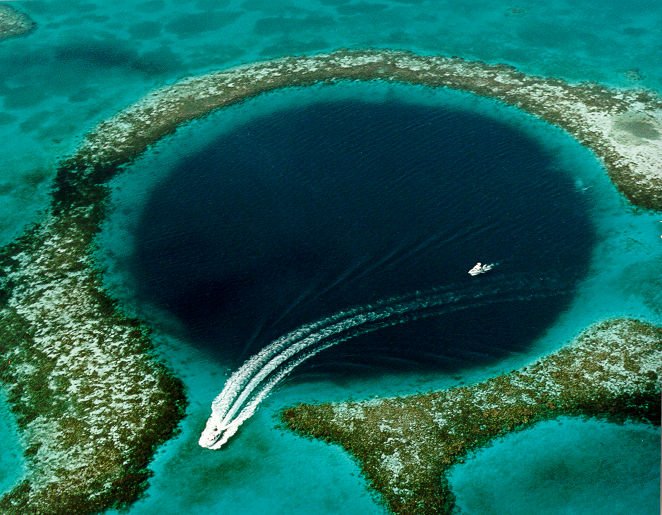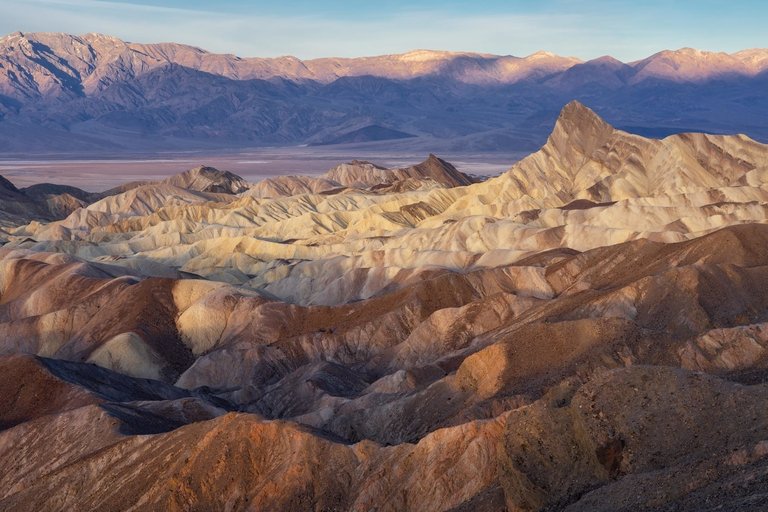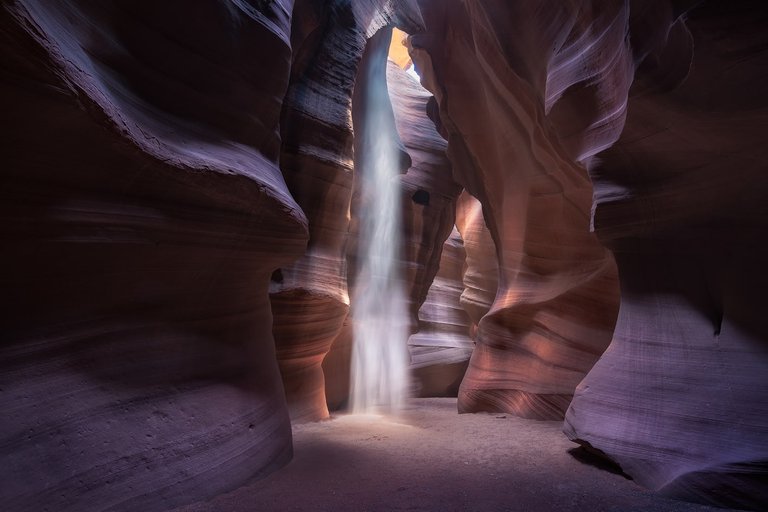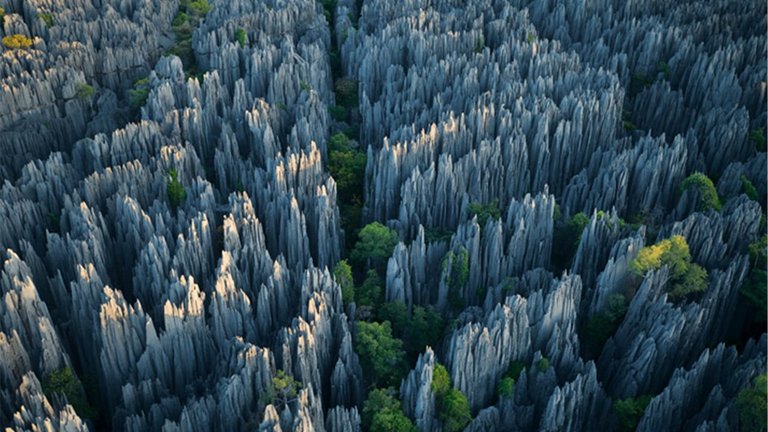The earth a beautiful place, wonderful but today we'll focus on the bad we review some of the most beautiful and dangerous natural places on our Planet.
)
1. Saltstraumen (Norway): the world's most powerful eddies
Can you imagine eddies in the sea up to ten metres in diameter and five metres deep? Although it may seem exaggerated, they do exist. We are talking about Saltstraumen, the strongest marine currents in the world. Located 33 kilometres from the Norwegian town of Bodø, near the famous Lofoten Islands, these whirlpools are a spectacle of the force of nature. When the tide rises, they are even more overwhelming. But beware: the force of the water can give more than a fright. It is best not to lose sight of the life jacket.

2. James Dalton Highway (Alaska): the icy road
Alaska Route 11, better known as the James Dalton Expressway, is one of the most dangerous roads there is. With a length of 667 kilometers, this road crosses one of the most isolated areas of the country, close to the Arctic. Low temperatures, ice and poor visibility caused by blizzards make drivers who dare to cross it - especially truck drivers - real experts on the tundra. Here, driving becomes a risky sport.

3. Devil's Pool (Zambia): a wild and risky dip
Ready for a wild, risky dip? We travel to Victoria Falls, on the African continent, to discover the most dangerous natural swimming pool: Devil´s Pool or Devil's Pool. It is a pool dug into the rock at the very edge of the falls. At this point, the river Zambezi is violently precipitated from more than a hundred meters high. A natural rock wall under the water protects bathers from being washed away by the current when the water level is low. In any case, it's better not to tempt luck.

4. Hussaini Bridge (Pakistan): the most dangerous in the world
The Hussaini Suspension Bridge is one of the most dangerous in the world. One image is enough to convince us. Crossing this catwalk high above the Hunza River in northern Pakistan is an Indiana Jones-style adventure. The bridge, surrounded by the Himalayan and Karkoram mountain ranges, is very old and poorly preserved, so much so that wooden boards are missing. A bad step can make us fall into the water. But the views from the bridge are a sight to behold.

5. Blue Hole (Belize): a real magnet for the bravest divers
In the Caribbean Sea of Belize there is a place that is a true magnet for the bravest divers. We're talking about Blue Hole. A huge blue hole 305 meters in diameter and 123 meters deep that in the Ice Age formed a system of caverns. Now they are underwater caves with vertical walls whose beauty poses a great danger to divers who do not take precautions. To reach the entrance to the cavern you have to descend at least 34 meters. At that depth, the diver has only a few minutes before the air it breathes becomes dangerous because of the high levels of nitrogen it accumulates in the blood.

6. Popocatepetl Volcano (Mexico): one of the most active on the planet
Part of Mexico lives on the slope of the Popocatepetl volcano. This volcano, the second highest in the country after Citlalpetl, always seems about to wake up. Exhalations are continuous and researchers monitor its activity 24 hours a day. Just 43 kilometers from Puebla and 72 kilometers from Mexico City, this mountain of fire expels clouds of ashes that sometimes endanger air traffic.

7. Guoliang Tunnel (China): the tunnel carved into the mountain
Carved in the Chinese mountains of Taihang, you will find the Guoliang Tunnel. This road literally perfects the mountain becoming an impressive route. The road was built by the inhabitants of the small village of Guoliang as a way out of their isolation. A colossal tunnel five meters high by four wide excavated centimeter by centimeter by field men. Despite being a dangerous place - some wooden pillars are the only safety systems - this road has become a tourist attraction in itself.

8. Lake Nyos (Cameroon): the explosive lake
Lake Nyos, one of the most dangerous on the planet. Located in Cameroon, this volcanic lake was the cause of the most serious limit eruption in history. In 1986, an explosion of carbon dioxide killed about 1,800 people and 6,000 head of cattle. The lake exploded like a bomb.

9. Death Valley (United States): an extremely hot oven
If Earth is our home, Death Valley is definitely your extremely hot oven. This impressive desert is the warmest place on the planet with the highest recorded temperature of 56.7 °C. Even the most resilient person in the world in these conditions is quickly exhausted. A human being without water could only live there for 14 hours.

10. Fish Hoek Beach (South Africa): the paradise of white sharks
White sharks are the kings of Fish Hoek Beach in South Africa. Every year dozens of swimmers are attacked by these large sharks, which with the arrival of heat become aggressive. These Atlantic waters are home to one of the largest populations of white sharks. A flag warns of the danger of attacks. Would you like a swim?

11. Antelope Canyon (United States): a magical and dangerous place
In northern Arizona there is an astonishing place sculpted by water currents: The Antelope Canyon or, in Navajo language, Tse bighánílíní , which means "the place where the water runs through the rocks". It is a narrow gorge as beautiful as it is dangerous. Its vertical walls and beams of light fill this place with magic. In order to know it it is obligatory to make the visit with a local guide. The torrential rains are capable of flooding the caves in just minutes and leave their visitors trapped. In 1997, at least 11 tourists died in this place.

12. Danakil Desert (Ethiopia): the hottest spot on earth
In Ethiopia, within the Afar Depression, we discovered one of the hottest spots on earth: the Danakil Desert. Its temperatures exceed 55 degrees Celsius during the day. The landscape, considered one of the most active tectonic zones in the world, is inhospitable. But also beautiful: the Dallol Volcano region (pictured) offers a beautiful scenery of green, yellow and orange colours caused by sulphur and salt. It looks like we're on another planet (or on hell).

13. K2 (Himalaya): the mountain of bad reputation
The second highest mountain in the world after Everest, K2, is also one of the most deadly of all. Statistics show that one in four mountaineers dies to this giant. More facts: just over 300 climbers have conquered its summit, while more than 5,600 have stepped on the top of Everest. Its bad reputation makes this ochomil an obsession for the most experienced mountaineers.

14. Cliffs of Moher (Ireland): take care when looking out
On the west coast of Ireland, in the county of Claire, we find majestic cliffs: those of Moher. They extend for eight kilometres and reach a height of 214 metres above sea level. There are no fences or protection. A sign warns of the danger of leaning over the edge of the cliff and there are even small spontaneous tributes to the people who have lost their lives here. On days when the wind is strong, special care must be taken not to get too close to the abyss. An unfortunate gust of wind can cause us to lose our balance.

15. Tsingy Nature Reserve (Madagascar): the stone forest
Madagascar's Tsingy Nature Reserve hides a large limestone forest whose sharp pinnacles seem to cut like knives. A danger especially for the absent-minded visitors who want to go inside. Tsingy means in Malagasy, the native language, 'where you can't walk barefoot'. Only skilful lemurs move freely through this peculiar rocky forest.

16. Teahupo'o (Tahiti): the world's most violent wave
South of the island of Tahiti, Teahupo'o presents itself as one of the most sought-after challenges by elite surfers. Here are found the most dangerous and feared waves on the planet. It's not their height that's scary - they reach five metres - but the force with which they break the waves. The mass of water they move is impressive. A blow from this wall of skulls (known as the Tahitians) can be lethal.